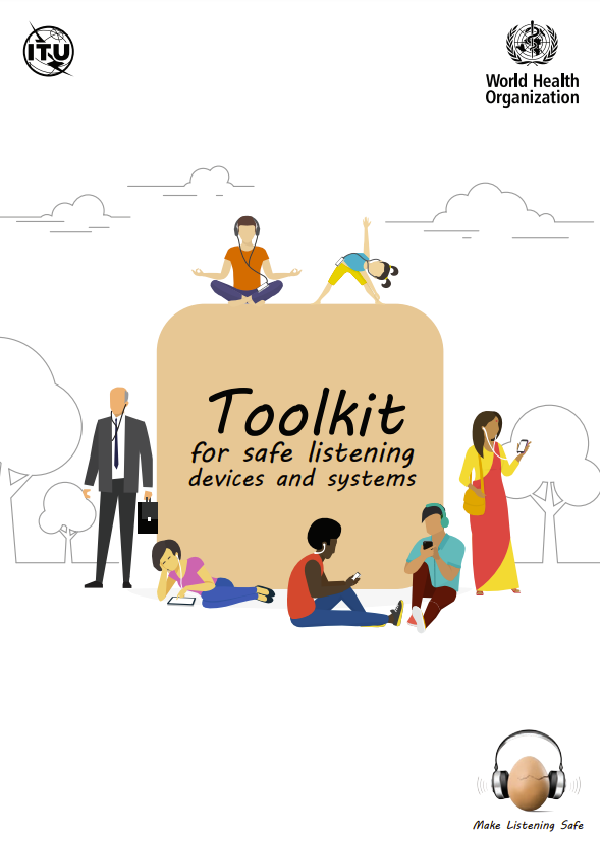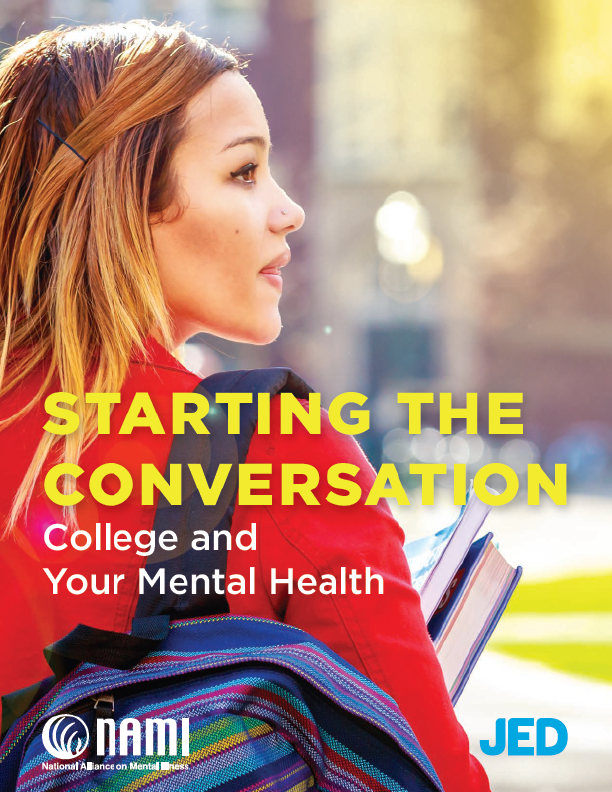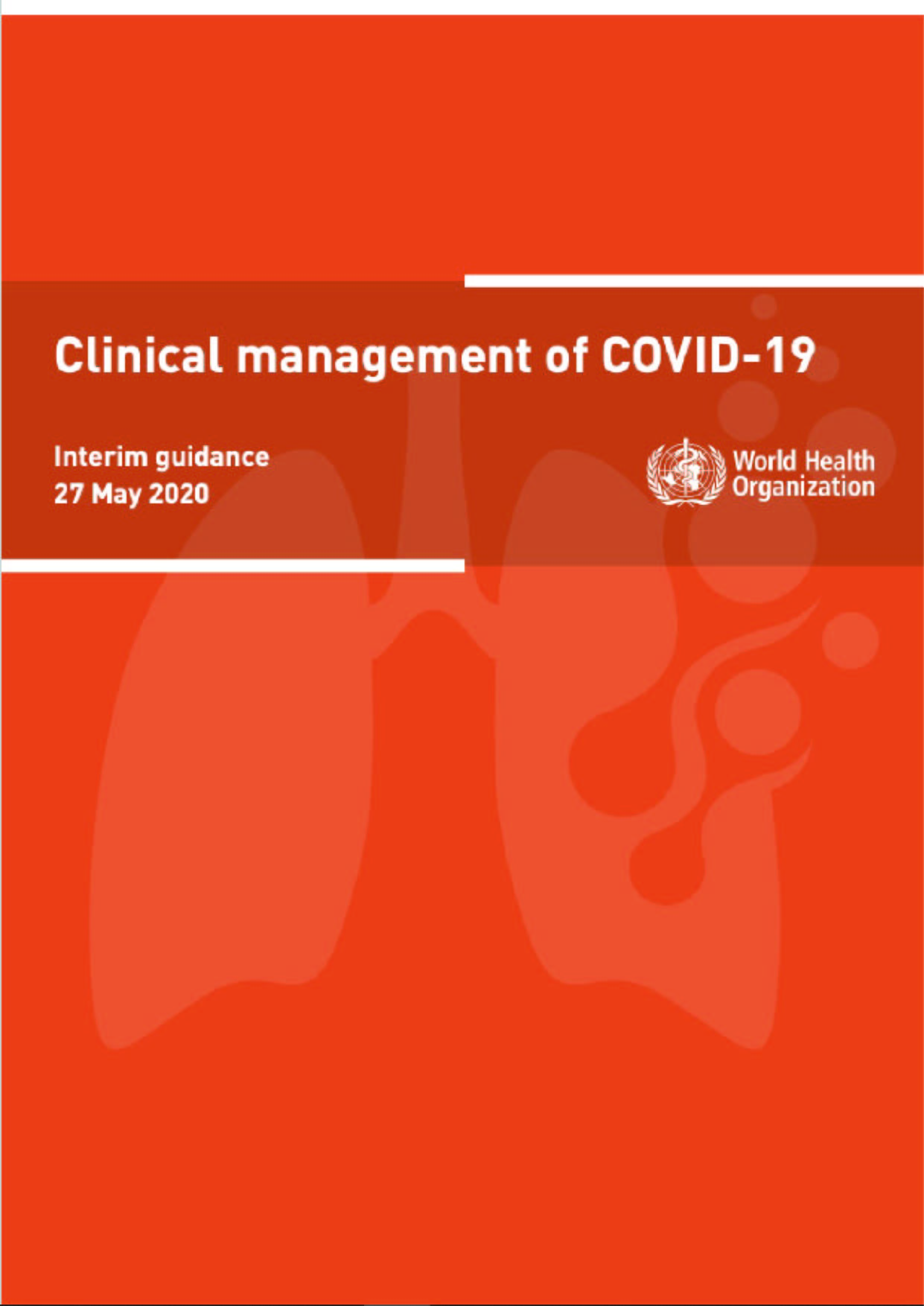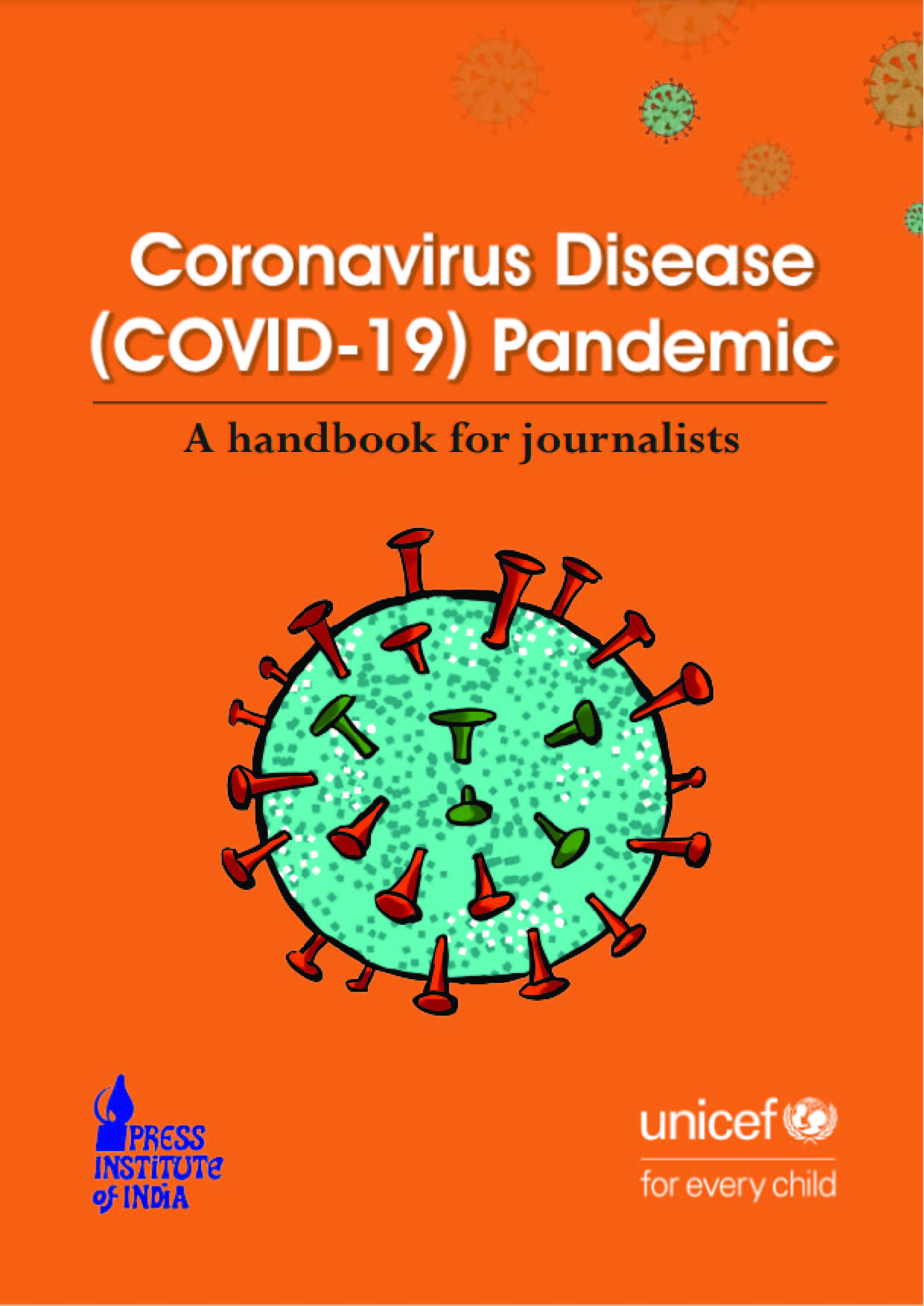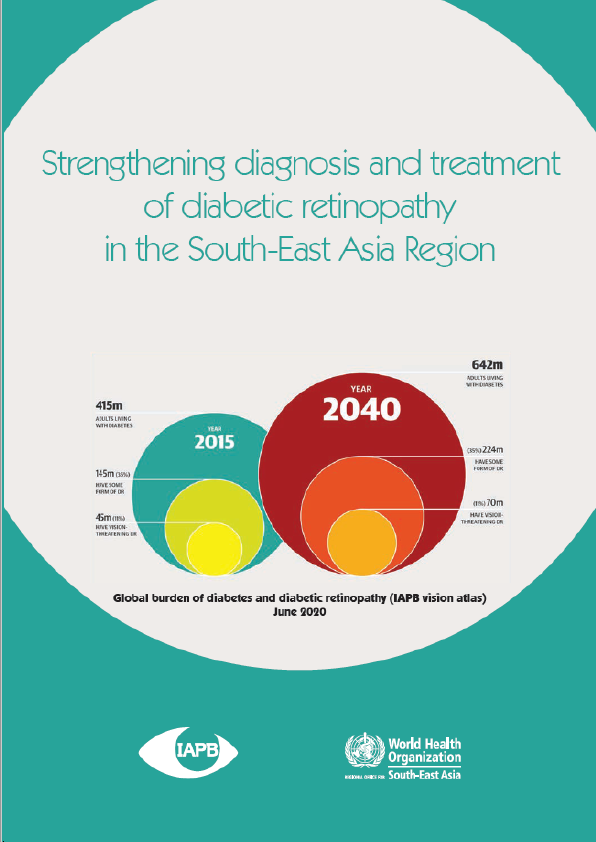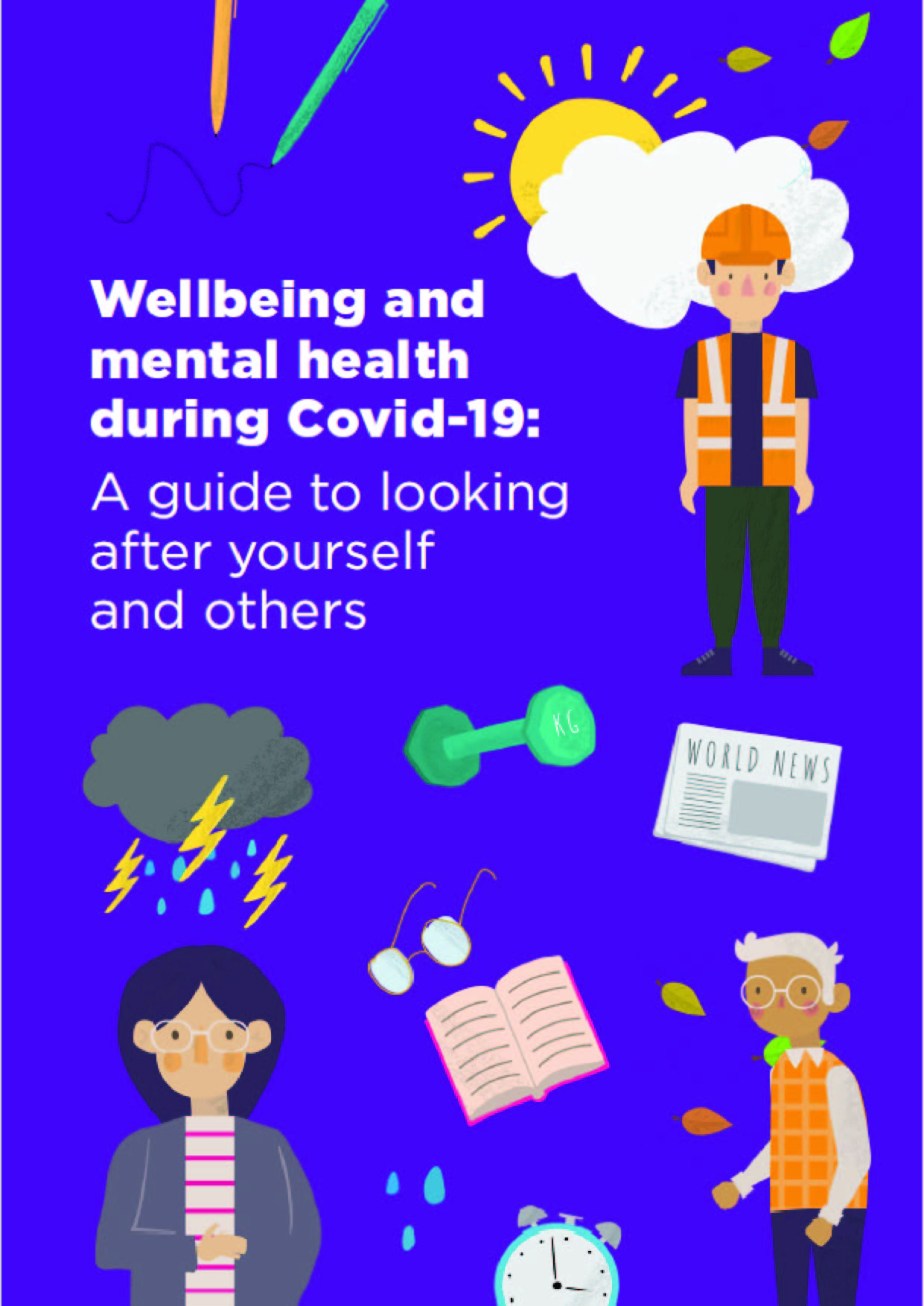This toolkit provides practical guidance to support the Member States, industry partners, and civil society groups in the use and implementation of the WHO-ITU H.870 Global standard on safe listening devices and systems. The WHO-ITU Global standard is the result of a collaboration between the World Health Organization (WHO) and the International Telecommunication Union (ITU), and has been developed in response to the growing prevalence of hearing loss and the threat to hearing posed by unsafe listening. The WHO-ITU Global standard has been developed using an evidence-based and consultative process, with the participation of experts in the field of sound, audiology, acoustics, communication, and smartphone technology.
This toolkit outlines the need for hearing loss prevention and describes how WHO and ITU have shaped their response to this. It summarizes the WHO-ITU Global standard in a simplified way and provides a step-wise approach for implementation by three main partners in the field of hearing loss prevention:
- Governments
- Industry
- Civil society
A section tailored to each partner outlines the steps necessary for effective implementation of the WHO-ITU Global standard. A variety of tools are included to help with this: a situation assessment tool; an outline of planning workshops; and sample awareness-raising communications and slide presentations.
The aim of the toolkit is to make it easy for partners to adopt, implement and monitor the WHO-ITU Global standard. Its overall goal is to ensure that all users of personal audio systems are empowered with information on safe listening and have the option to make safe listening choices in order to protect their hearing.
Background
WHO estimates that over a billion young people worldwide are at risk of hearing loss due to unsafe listening practices. Action is therefore urgently needed. In recent years, there has been a rapid growth in access to technology and an ever-increasing number of people are using such technology to communicate. In addition, there has been a significant increase in the number of people exposed to loud sounds through the use of personal audio systems as well as in entertainment venues, which put them at high risk of damaging their hearing.
Overall, the number of people with hearing loss is growing at a rapid pace. It is estimated that there are currently around 466 million people with disabling hearing loss globally. Of this total, 432 million (93%) are adults and 34 million (7%) are children. Recent WHO projections suggest that unless action is taken, there will be 630 million people living with disabling hearing loss by 2030. This number is expected to grow to over 900 million by 2050 along with a proportionate rise in the current annual cost of more than US$ 750 billion (in international dollars) globally if hearing loss is not addressed.
Several risk factors affect a person’s hearing throughout life. While some of the risk factors associated with hearing loss are declining in parts of the world (e.g. rubella and meningitis), preventable factors such as noise (which are mainly a consequence of our modern way of life) are on the rise.
